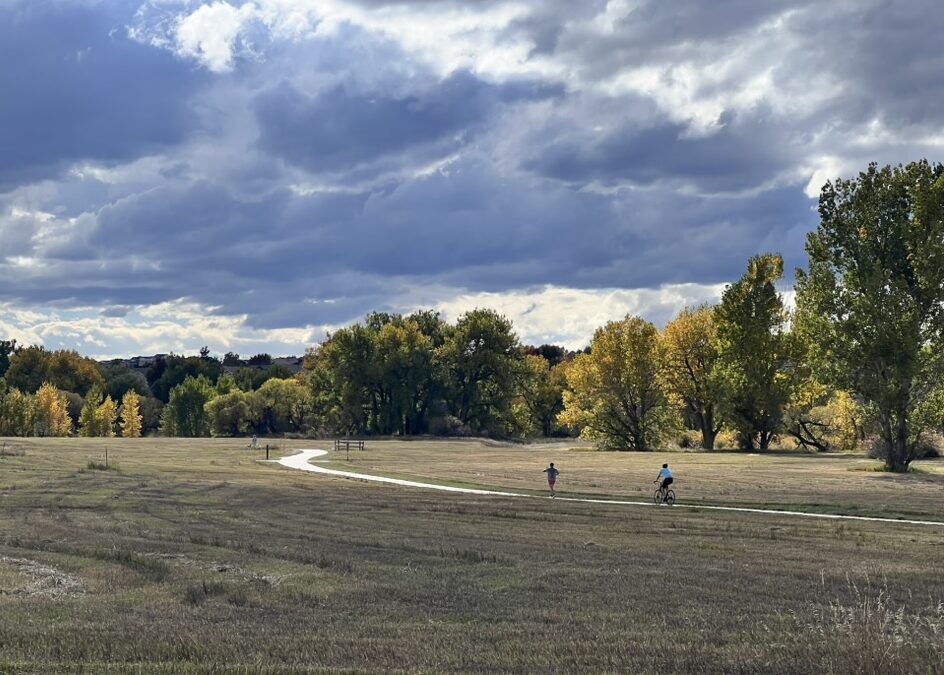If you’re moving to Colorado, staying active is absolutely doable—once you respect the altitude, dress for rapid weather shifts, and ease in during your first weeks. With abundant sunshine, trail access, and a strong fitness culture, newcomers find it easier than expected to build a routine in Denver and across the Front Range. Many often wonder, How hard is it to exercise in Colorado?
Key takeaways for people relocating to Colorado
Understanding How Hard is it to Exercise in Colorado
- Altitude is real for newcomers: expect 1–3 weeks of adjustment in Denver/Front Range; go slower, hydrate more.
- Weather swings happen in every season; layers beat forecasts.
- Access everywhere: trails, rec centers, bike lanes, studios, and gyms are close to most neighborhoods.
- Beginner friendly: plenty of flat greenways and parks for your first weeks post-move.
- Year-round options: when trails are icy, rec centers and indoor classes shine.
Why exercising can feel “hard” when you first move
Elevation (5,000–10,000+ feet) reduces available oxygen, so newcomers see higher heart rate, faster breathing, and quicker fatigue—especially on hills.
Dry air + high sun mean you dehydrate faster than you’re used to—even in winter.
Terrain adds rolling elevation to “easy” routes.
Newcomer adaptation plan (first 2–3 weeks)
- Scale back 20–30% from your usual pace/time; keep effort conversational.
- Hydrate + electrolytes: 2–3L/day; add electrolytes on active days.
- Recover well: sleep 7–9 hours; include protein and iron-rich foods (ask your clinician if you have concerns).
- Progress gradually: add time or hills—not both at once.
Why exercising here becomes easier after you settle
- Sunshine most days of the year keeps sidewalks and trails inviting.
- Active culture: neighbors, coworkers, and meetup groups = built-in accountability for newcomers.
- Infrastructure: paved greenways (e.g., Cherry Creek, South Platte) and well-signed paths lower the barrier to entry.
- Choice: hike, bike, climb, ski, row, yoga, Pilates, pickleball—every fitness style finds a home.
Newcomer-friendly starts (0–4 weeks after moving)
Walking/Hiking: stick to paved greenways and lake loops for flat miles; add gentle dirt later.
Cycling: begin on multi-use paths; introduce short hill repeats after week 2–3.
Gyms & Rec Centers: affordable city passes = pool, track, weights, classes in one stop—ideal right after a move.
Classes: yoga (breath work at altitude), beginner climbing, reformer Pilates, or low-impact strength.
Sample micro-plan: Mon 30–40 min brisk walk • Wed 30 min full-body strength • Fri 30 min bike/elliptical • Sat/Sun 60–90 min easy hike or long walk.
Seasons: how newcomers keep momentum all year
- Spring: thaw + mud; use sun-exposed trails or microspikes early.
- Summer: start early, seek shade, carry more water than you think.
- Fall: prime trail season—cool mornings, stable footing.
- Winter: bluebird sun with icy patches; traction + layers. Mix in indoor climbing, swimming, rowing, or treadmill hill work.
Simple gear for recent arrivals
- Footwear: grippy trail shoes; microspikes for winter trails.
- Layers: wicking base, insulating mid, wind/water shell.
- Sun gear: hat, sunglasses, SPF (year-round).
- Hydration: handheld or vest; electrolytes for 45+ minutes.
- Safety: small first-aid kit; headlamp in shoulder seasons.
Accessibility for all ages & abilities
- Strollers/Wheels: many paved greenways and park loops are accessible.
- Adaptive sports: robust Front Range programs for skiing, cycling, and climbing—ask local rec centers.
- Older adults: low-impact classes, indoor tracks, and gentle loop trails make consistency easy.
Budget tips for newcomers
- City rec passes beat boutique memberships for value.
- Parks, stairs, riverwalks = free training grounds close to most neighborhoods.
- Community groups (walk/run clubs, no-drop rides) provide coaching-lite and social accountability at $0.
Safety & trail etiquette in Colorado
- Right-of-way: uphill hikers have priority; announce when passing.
- Weather windows: storms develop fast; turn back before thunder/whiteout.
- Trail impact: avoid muddy singletrack to prevent damage; choose sun-exposed routes instead.
Four-week “just moved” plan (altitude-aware)
Goal: 150–180 active minutes/week at conversational effort.
- Week 1: 3 × 30-min walks + 1 × 30-min strength.
- Week 2: 2 × 30-min walks + 1 × 30-min easy hike + 1 × 35-min strength.
- Week 3: 1 × 30-min walk + 1 × 45-min hike + 1 × 40-min bike/elliptical + 1 × 35-min strength.
- Week 4: 1 × 60-min hike (gentle elevation) + 1 × 45-min bike + 1 × 40-min strength.
FAQ for people moving to Colorado?
Can I start working out the week I arrive?
Yes—keep intensity easy for 1–2 weeks, hydrate, and listen to your body. Stop and rest if you feel dizzy or get a severe headache.
How long does altitude adjustment take?
Most newcomers feel normal at Denver/Front Range elevations within 1–3 weeks; mountain towns can take longer.
Do I need special supplements?
Not usually. Focus on hydration, electrolytes, iron-rich foods, and sleep. Check with your clinician for personal guidance.
I’m not “outdoorsy.” Can I still keep fit here?
Absolutely. City rec centers, indoor classes, and flat greenways make it easy without steep trails or long drives.
Is year-round exercise realistic after moving?
Yes. Swap trail days with indoor options in icy spells and use traction + layers to keep some outdoor time all winter.
Bottom line for newcomers
Exercising in Colorado isn’t “hard”—it’s different at first. Respect altitude, dress for change, start easy, and let Colorado’s access and sunshine do the rest. Newcomers typically build fitness faster than they expect—and find more ways to use it than almost anywhere else.
Making a move to Colorado? Request your Free Copy of the Denver Relocation Guide.

